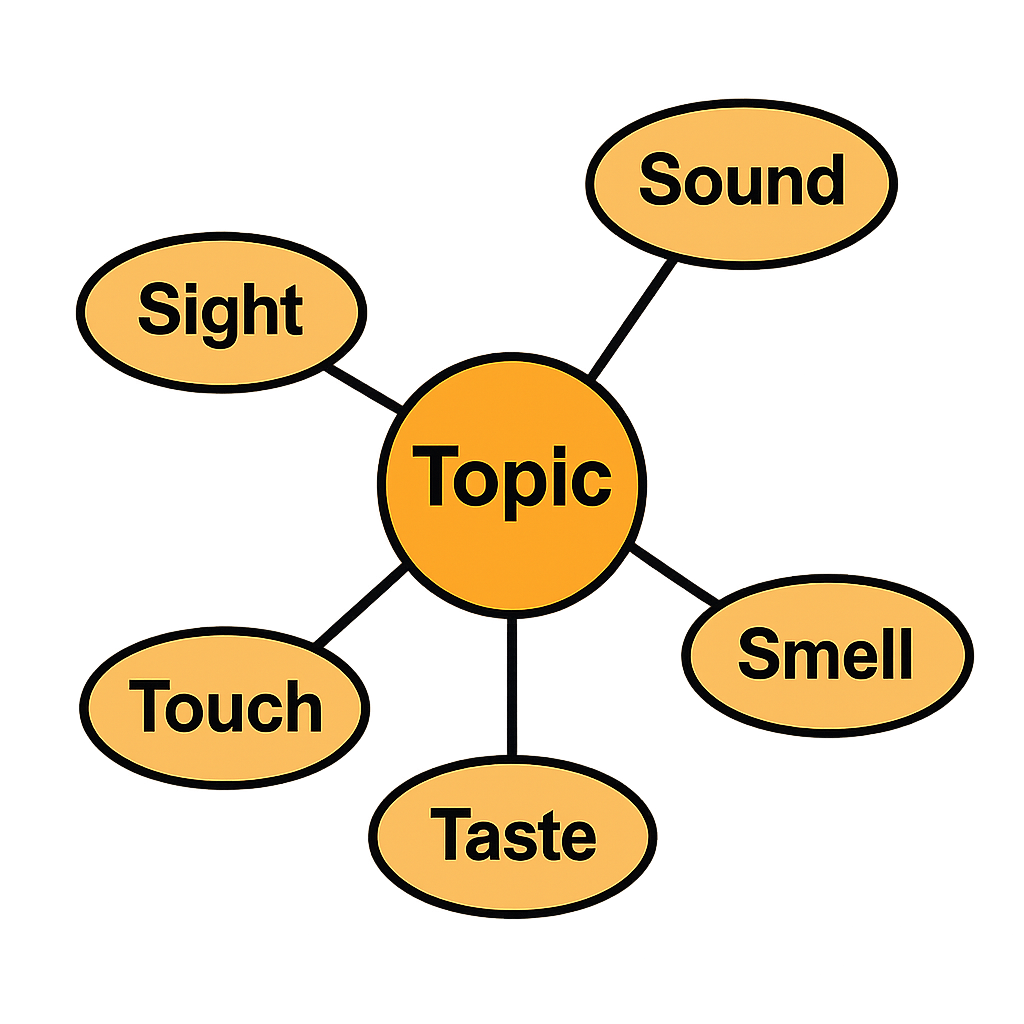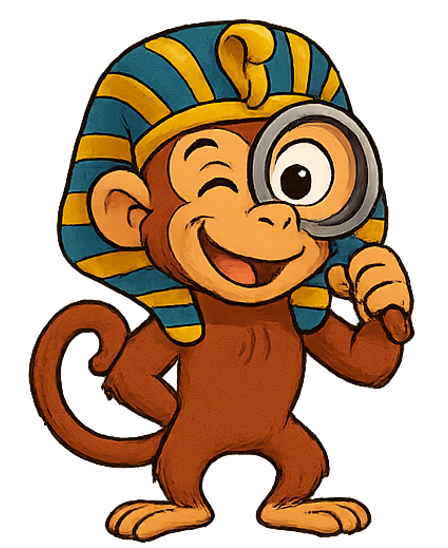(Based on a prompt: Describe the entrance to a mysterious place.)
The water shimmered like liquid turquoise, disturbed only by the slow kick of my flippers. Below, the entrance yawned – a colossal archway carved from obsidian-dark rock, half-swallowed by the seabed. Strange, phosphorescent corals clung to its surface, pulsing with an eerie, internal light that cast dancing shadows on the rippling sand. They looked like ghostly fingers beckoning me closer. A low, resonant hum vibrated through the water, a sound felt more than heard, like the ancient city itself was breathing.
Schools of tiny, silver fish darted past my mask, their scales flashing like scattered coins in the gloom. The archway’s edges were worn smooth by centuries of currents, yet intricate carvings were still visible – swirling patterns and the faces of stern, forgotten sea gods staring out with empty eyes. The water tasted metallic, tinged with the scent of salt and something else… something old and dusty, like a tomb disturbed after millennia. Reaching out, my gloved hand brushed against the cold, slightly slimy rock. It felt impossibly ancient, holding secrets the surface world could never imagine. This was the gateway to adventure, and danger.
Why it works: Uses multiple senses (sight: turquoise water, eerie light, silver fish, carvings; sound: low hum; touch: cold, slimy rock; taste/smell: metallic taste, old scent). Employs figurative language (simile: "shimmered like liquid turquoise", "scales flashing like scattered coins"; personification: "entrance yawned", "ghostly fingers beckoning", "city itself was breathing"). Uses strong vocabulary ("colossal", "obsidian-dark", "phosphorescent", "resonant", "millennia"). Organised logically, moving from overall view to closer details.

